The use of aerial work platforms in close proximity to roads or highways is anything but routine. Every move counts – and every meter of distance from the roadway. Anyone who wants to work safely and efficiently in traffic-related areas needs not only the right platform, but also a clear understanding of the specific conditions. This article shows you what's important – and how you can implement your projects in traffic areas in compliance with regulations and without wasting time.
Requirements for work in traffic areas
Working in a traffic-related environment entails increased risks – both for personnel and for ongoing traffic. The challenges begin long before the first hub.
Limited space
On motorways or federal highways, often only the hard shoulder or a temporary closed area is available. Under these conditions, work platforms must be not only compact but also quickly ready for use.
High time pressure on day construction sites
Road construction authorities often only permit work within tight time frames—usually at night or during the quieter morning hours. This requires technology that can be relied upon 100%.
Visibility and road safety
One of the greatest sources of danger is the lack of awareness of the construction site by motorists. Therefore, highly visible machinery, integrated warning systems, and well-thought-out safety concepts are essential.
Suitable work platforms for road use
Not every stage is suitable for use in public spaces. What's crucial is that it's not only powerful but also designed for changing surfaces and short setup times.
Truck-mounted work platforms
Truck-mounted platforms are ideal for mobile use along roads. They can be moved quickly, require no additional transport, and are ready for use within minutes.
Articulated telescopic platforms
When flexibility is required—for example, when working on bridges or sign gantries—articulated boom lifts offer decisive advantages. Their lateral offset allows for vertical access even in confined spaces.
Special solutions for difficult ground conditions
For work in the median strip or on unpaved surfaces, self-propelled platforms with all-wheel drive or special crawler platforms are used. Stability is paramount here.
Security concepts and barriers
Safety is non-negotiable in the road sector. The use of aerial work platforms must always be embedded in a sound traffic safety plan – regardless of whether you're operating a day-time construction site or working on a longer-term basis.
Cooperation with security companies
In many cases, it makes sense to work with professional security companies. They take care of proper signage, barriers, and obtaining the necessary permits.
Securing the machine itself
In addition to the traffic-side construction site safety measures , the stage itself should also be adequately protected. This includes reflective markings, adequate lighting, and – if necessary – an on-site marshal.
Operational planning and approval
Nothing can be done in public spaces without official approval. Depending on the location, duration, and scope of the operation, various permits are required – for example, from the Autobahn GmbH, the road construction authority, or the police.
Early coordination saves time
Starting planning early will help avoid delays. A realistic assessment of space requirements, intended uses, and timelines is crucial – only then can the right stage be ready at the right time.
Support from BIBERGER
We not only advise you on the right stage technology, but also support you in coordinating with authorities and security services. This ensures your project runs safely and smoothly – from delivery to the final lift.
Common mistakes – and how to avoid them
Some typical mistakes we encounter regularly in our work – and they are easy to avoid:
The wrong choice of stage
Not every stage fits into every traffic zone. Those who cut corners or over-plan risk disruption or even fines.
Lack of traffic safety
Anyone who starts without a proper safety concept not only endangers human lives but also violates applicable regulations – which can be expensive.
Unclear responsibilities
If it is not clear who is insuring what or which permits are required, delays occur – often at the crucial moment.
Conclusion: Working safely and efficiently on the road
Using aerial work platforms on highways and busy roads requires more than just technology – it demands planning, experience, and absolute reliability. With the right machines, a clear safety plan, and a competent partner at your side, you can achieve any goal, even under difficult conditions. Safely, efficiently, and without any unpleasant surprises.
Is your project already in the starting blocks?
Then just tell us where and when you want to work – we will provide you with the right stage , take care of permits and security if necessary and ensure that you can start on time .
Inquire now at biberger.de – or call us directly. We'll take care of it.


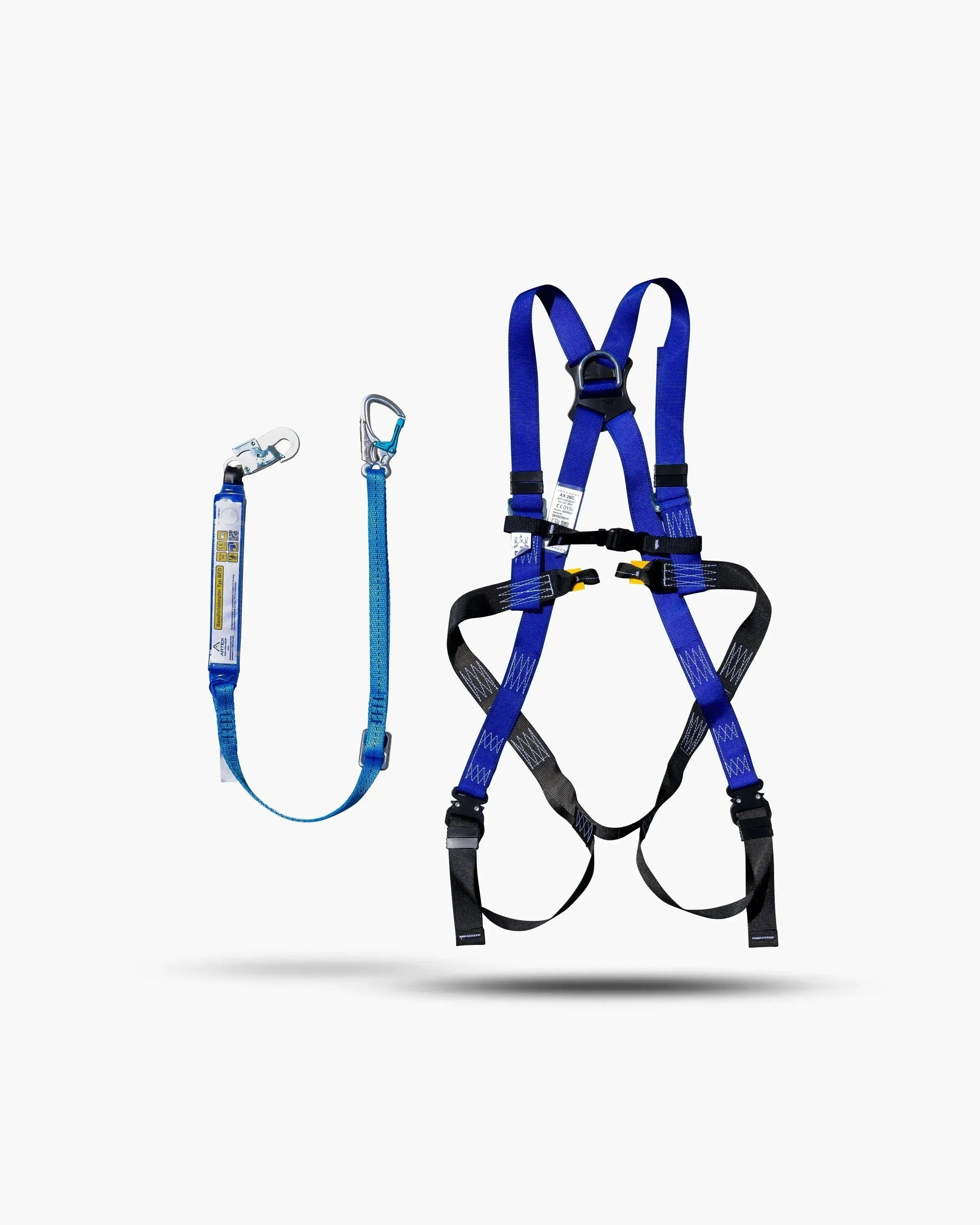




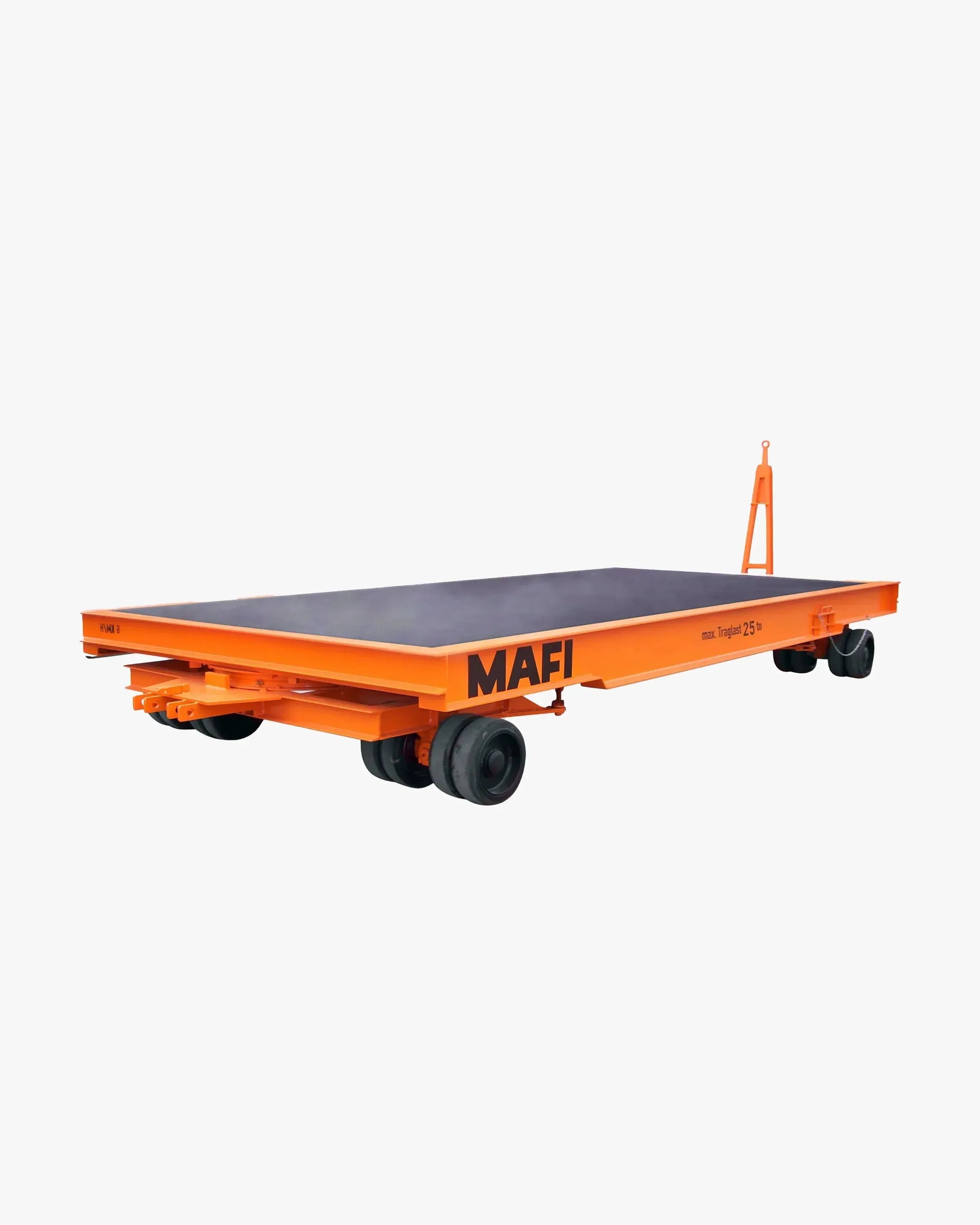
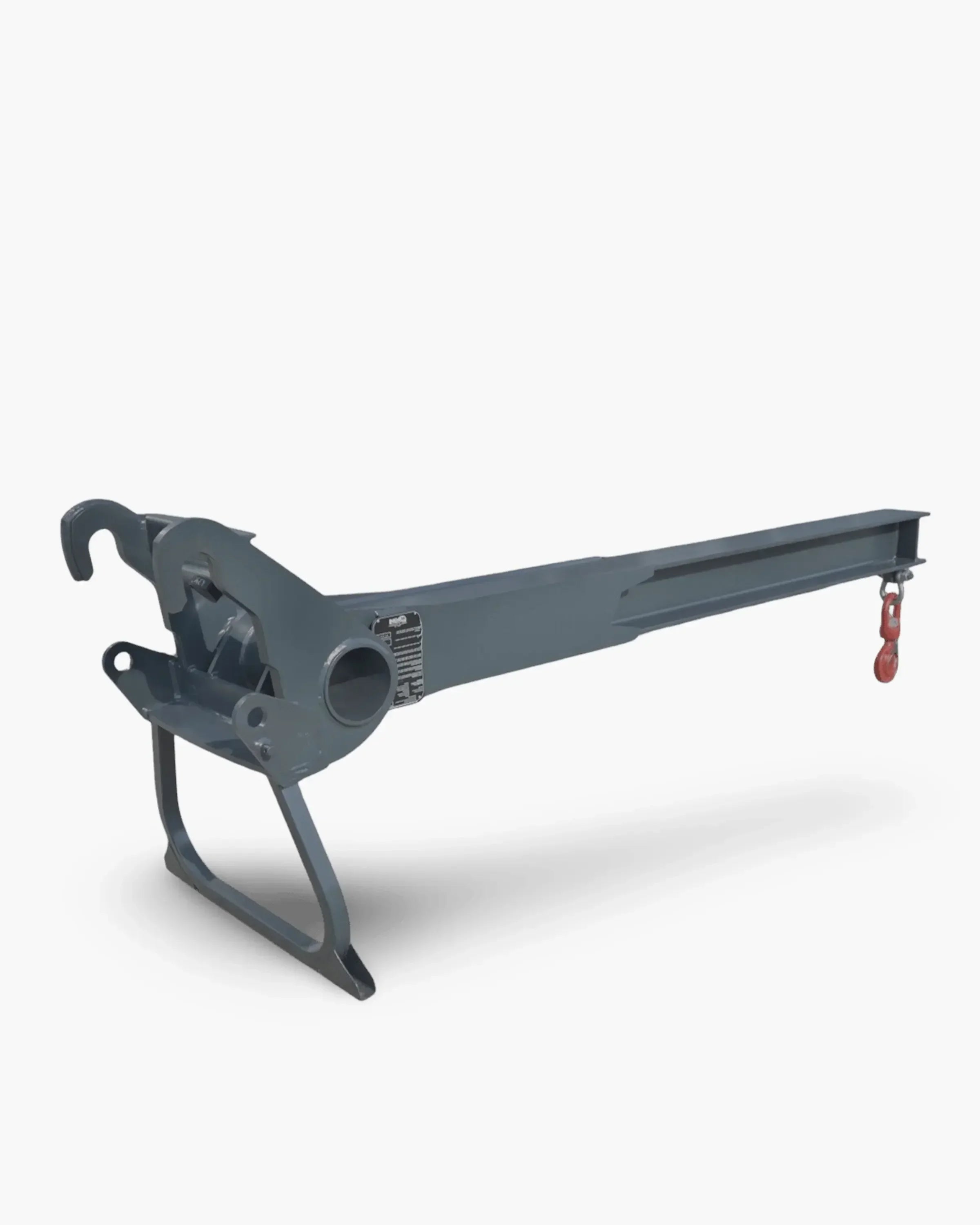
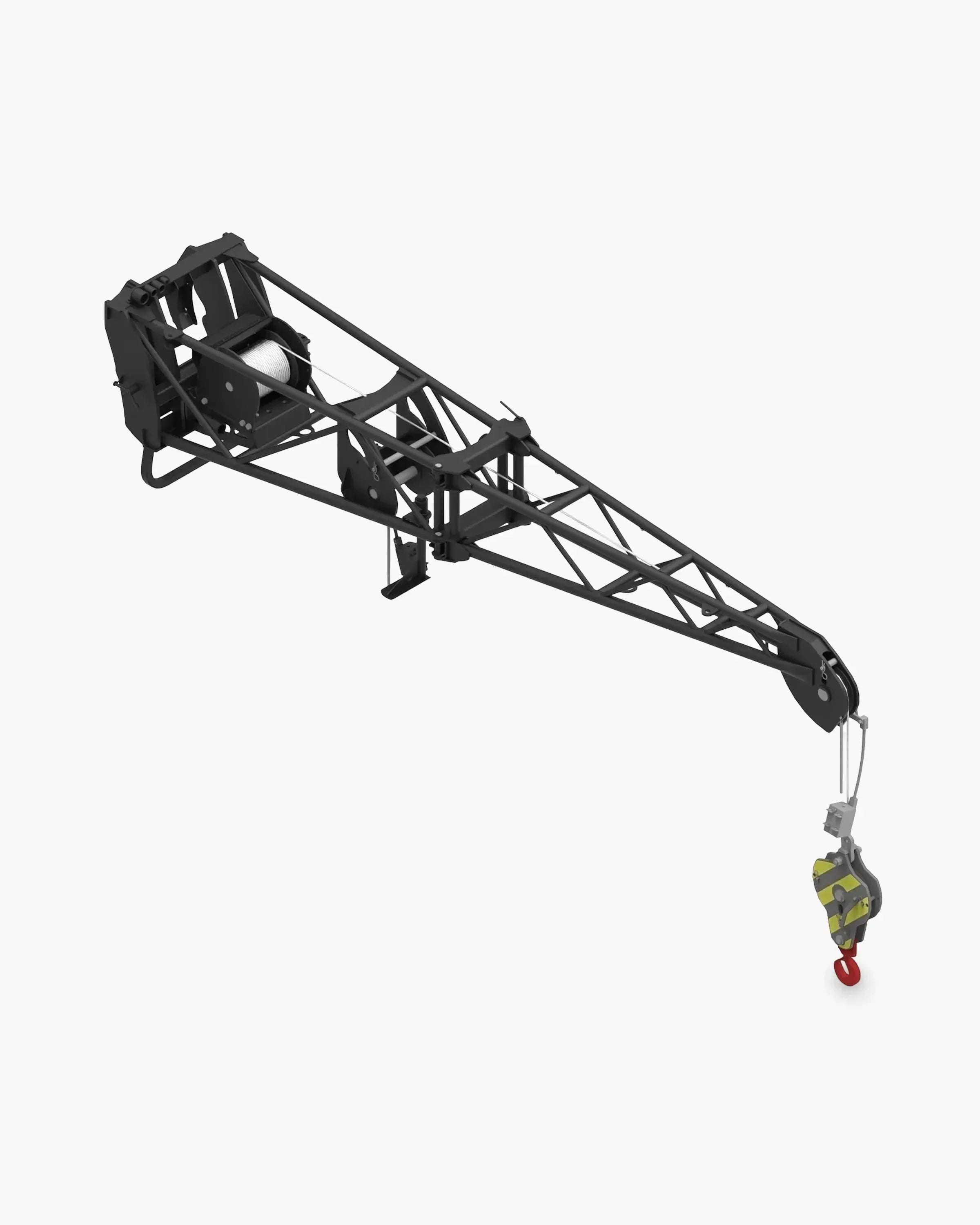
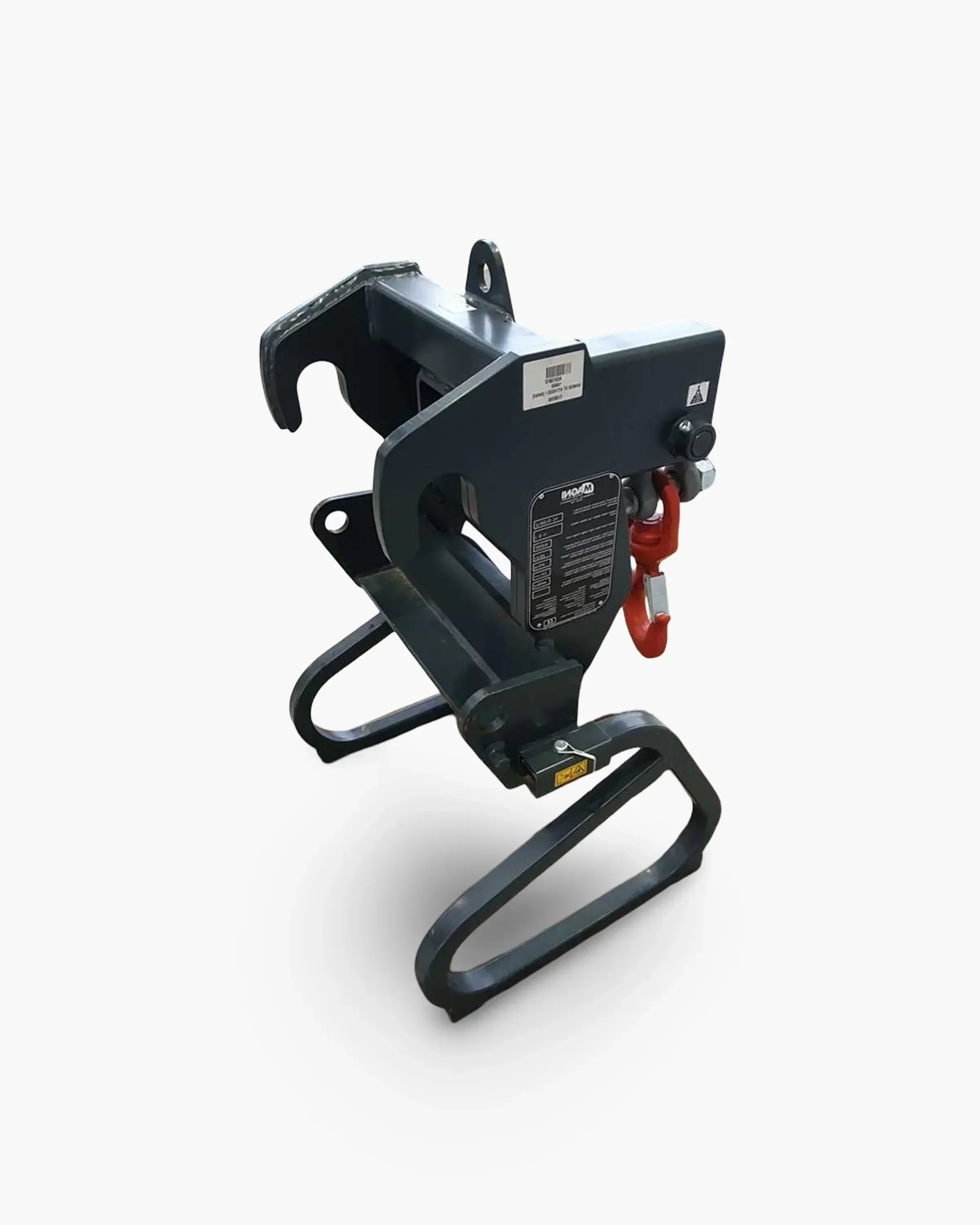

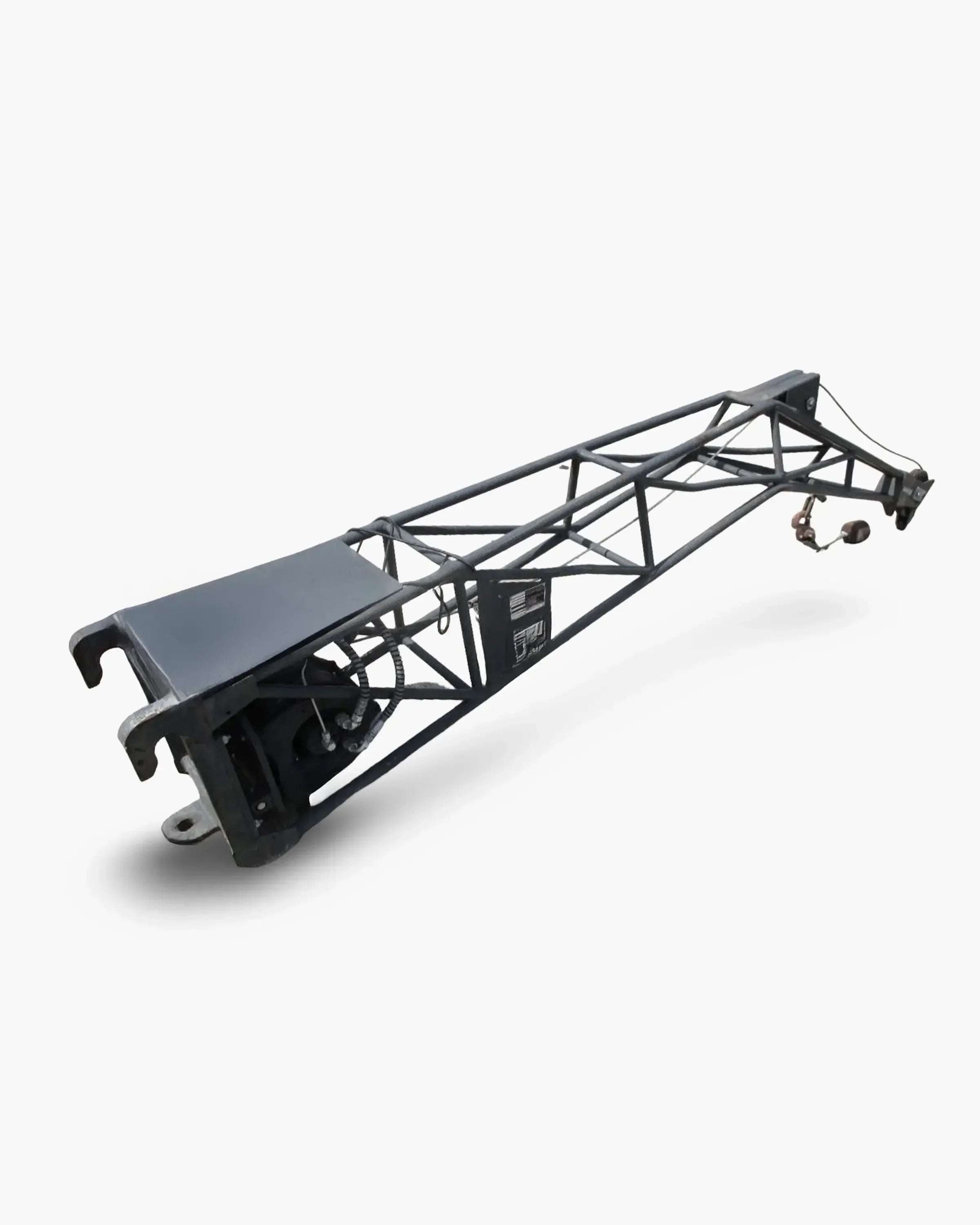
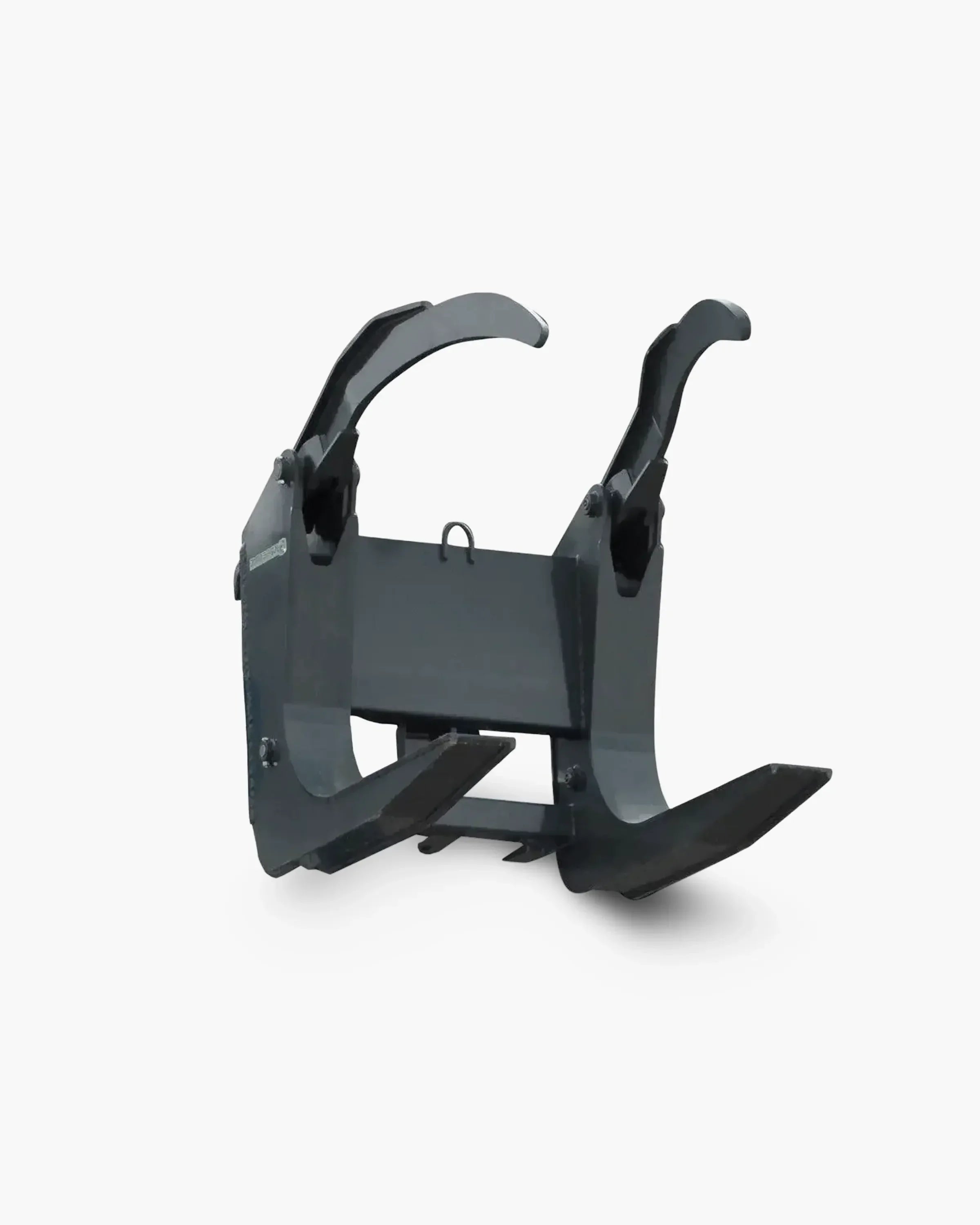
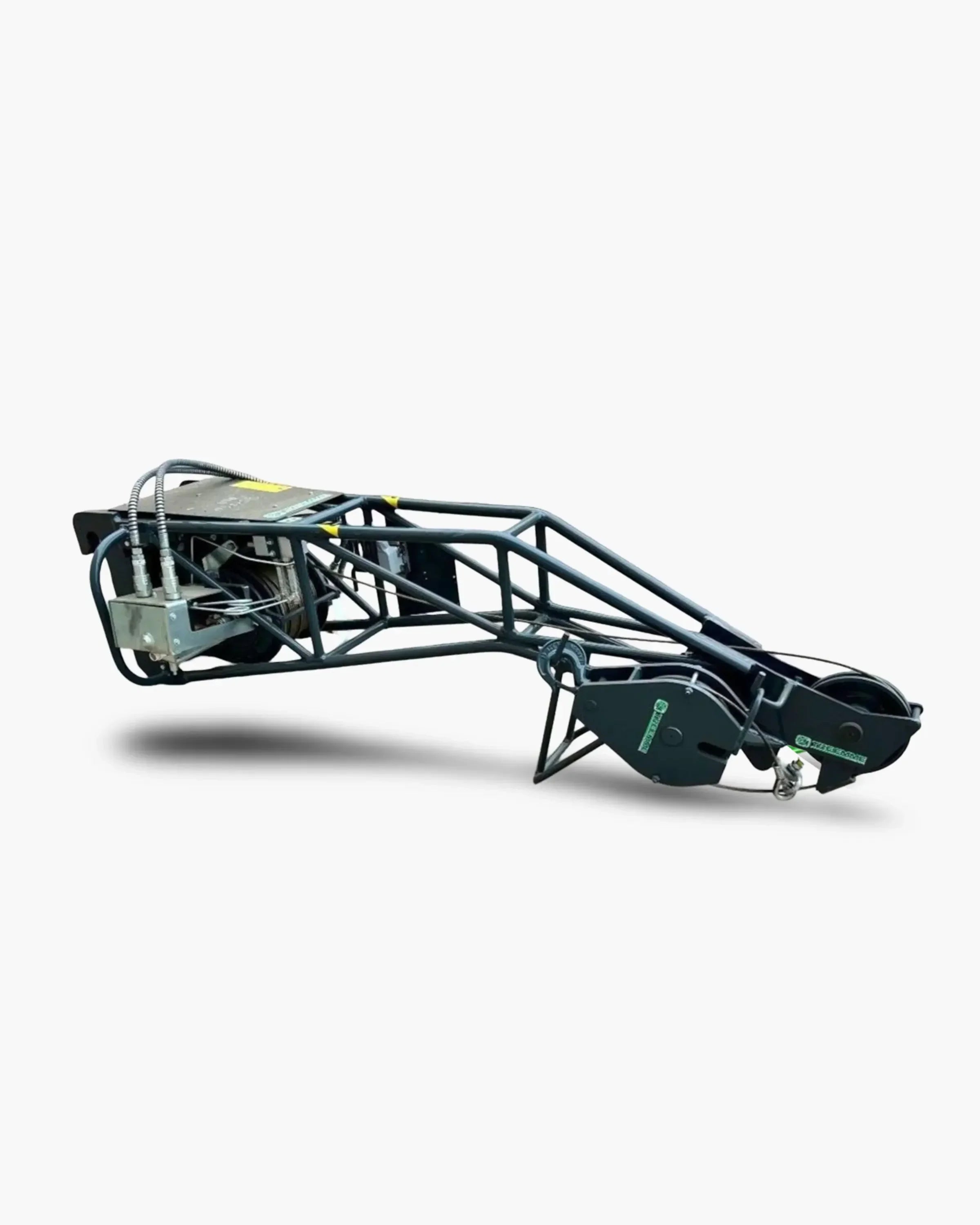

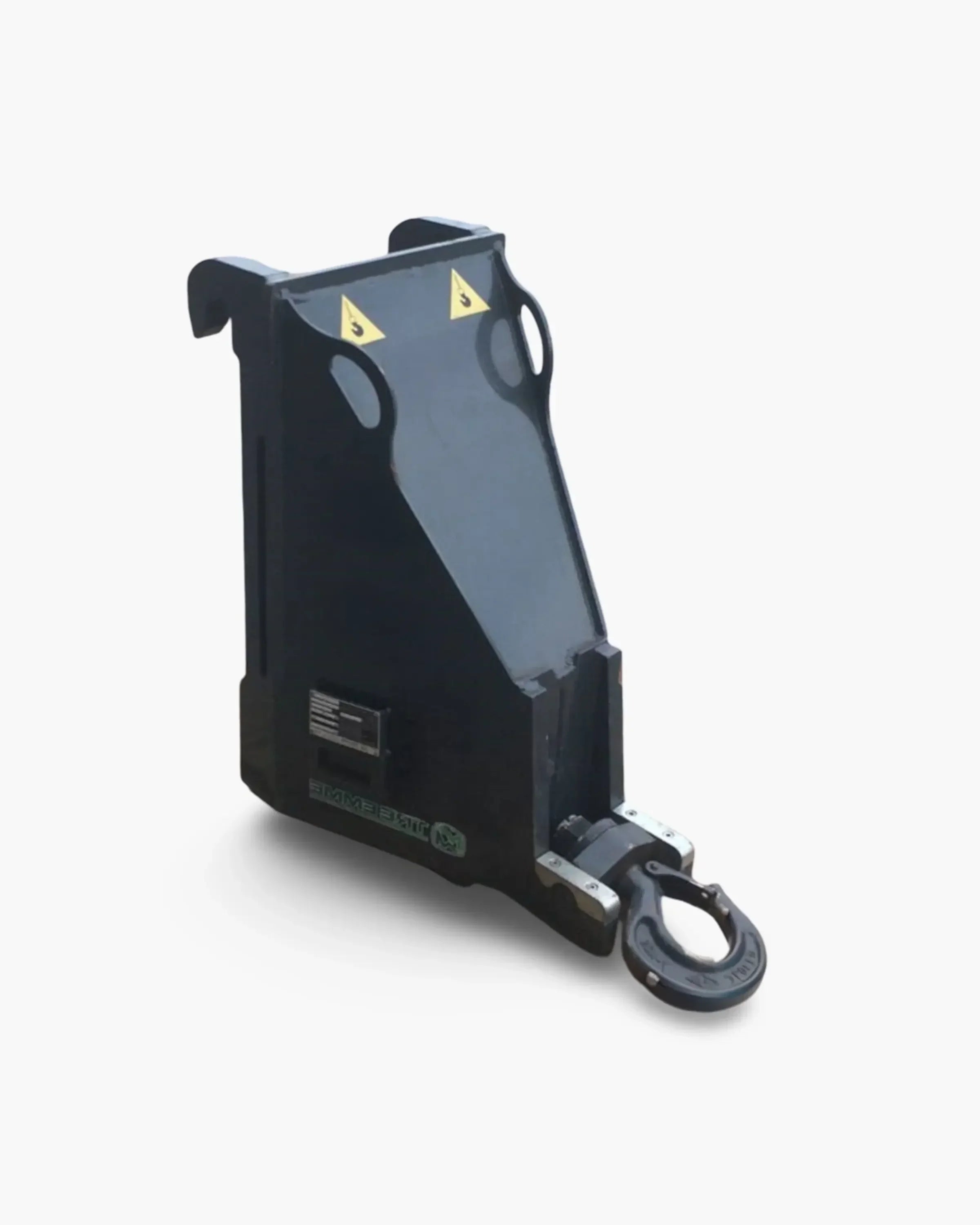
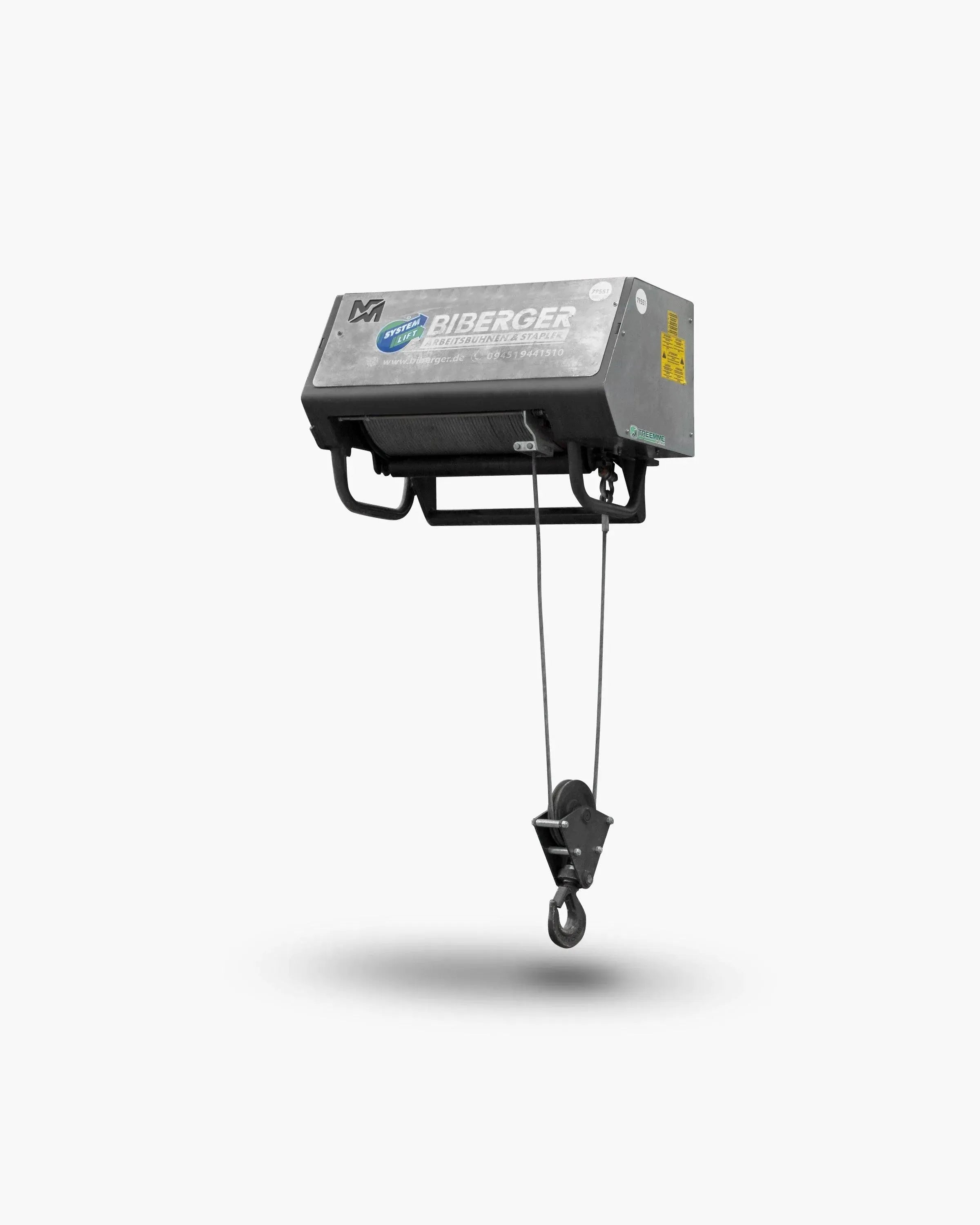
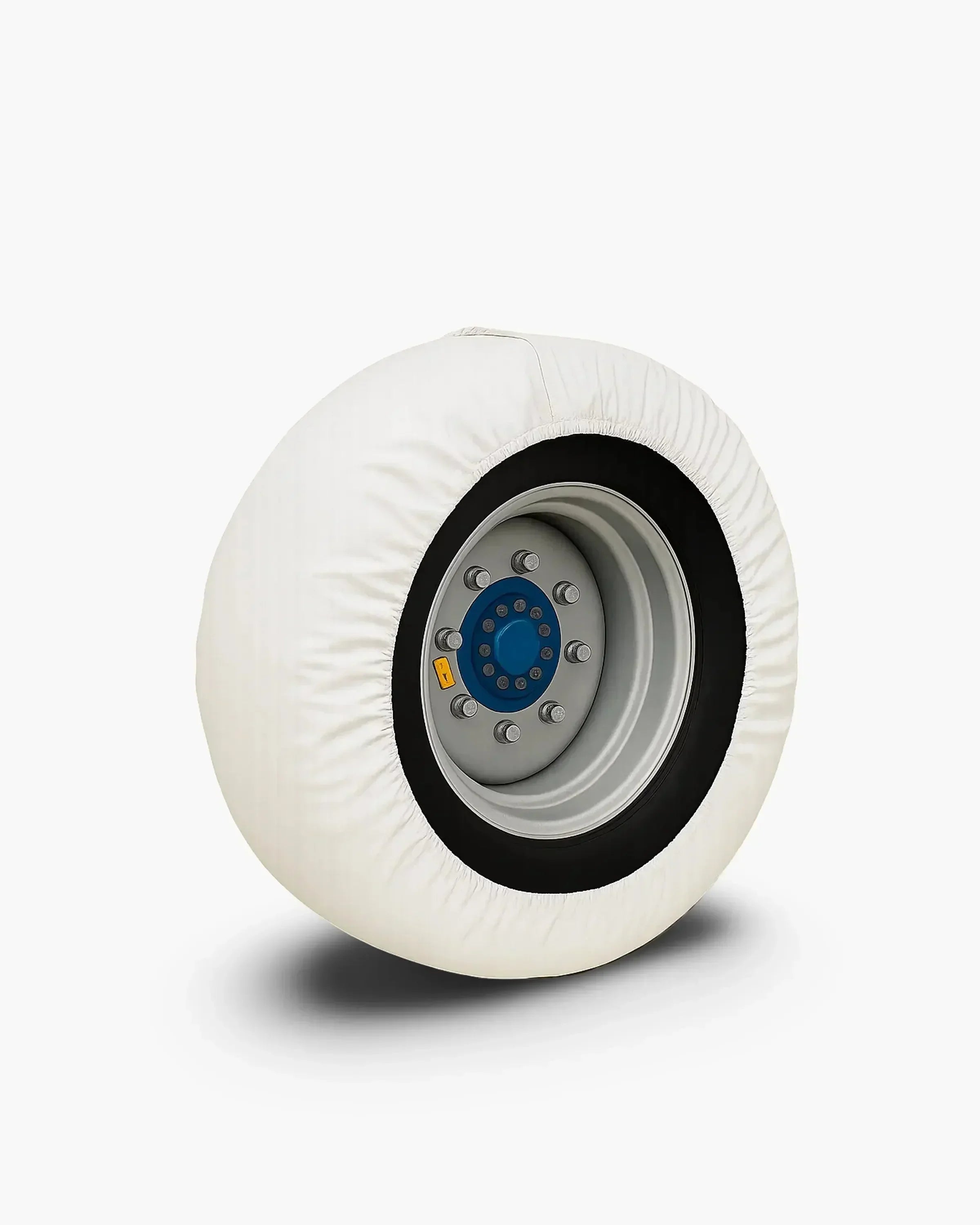


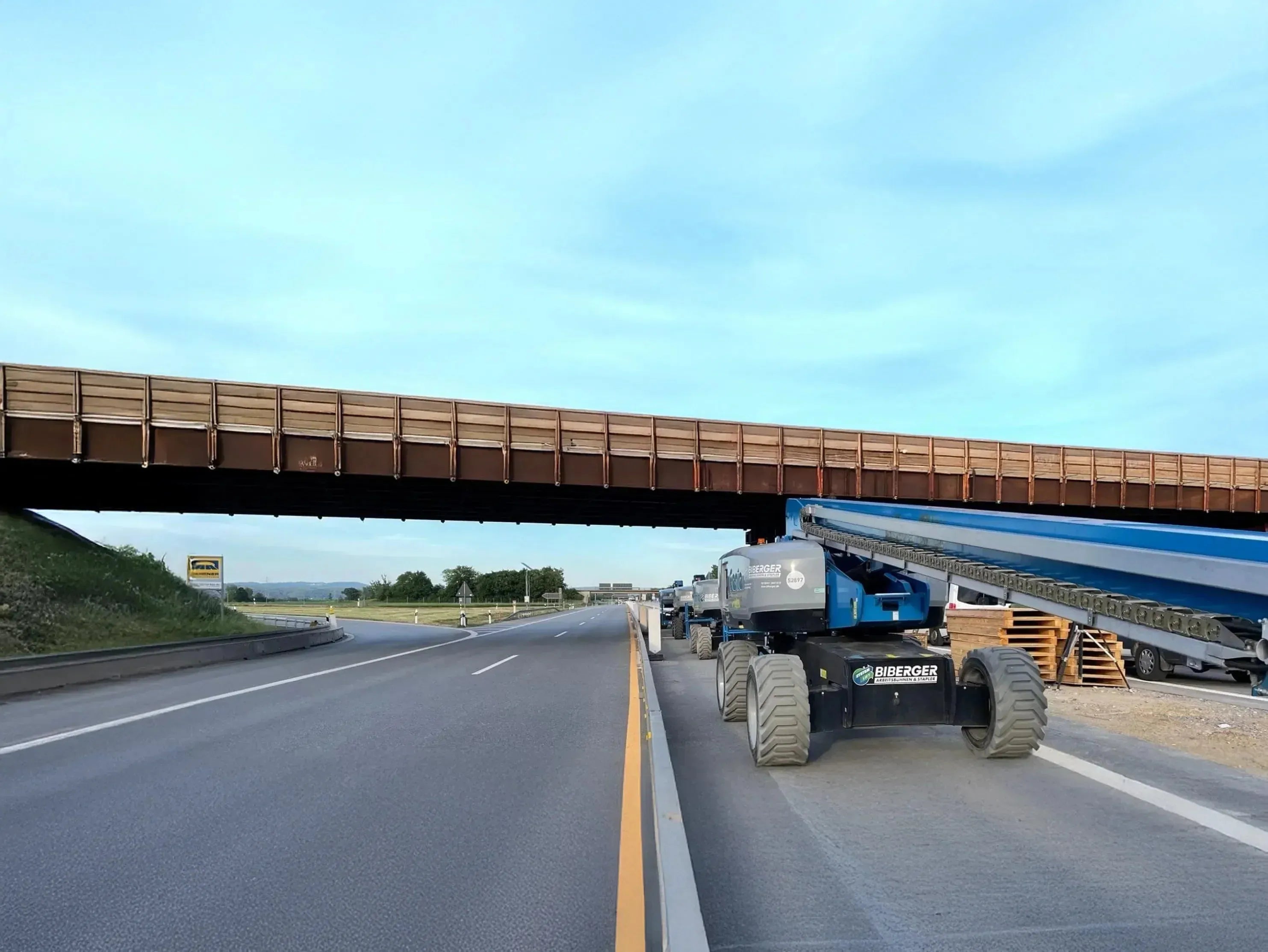

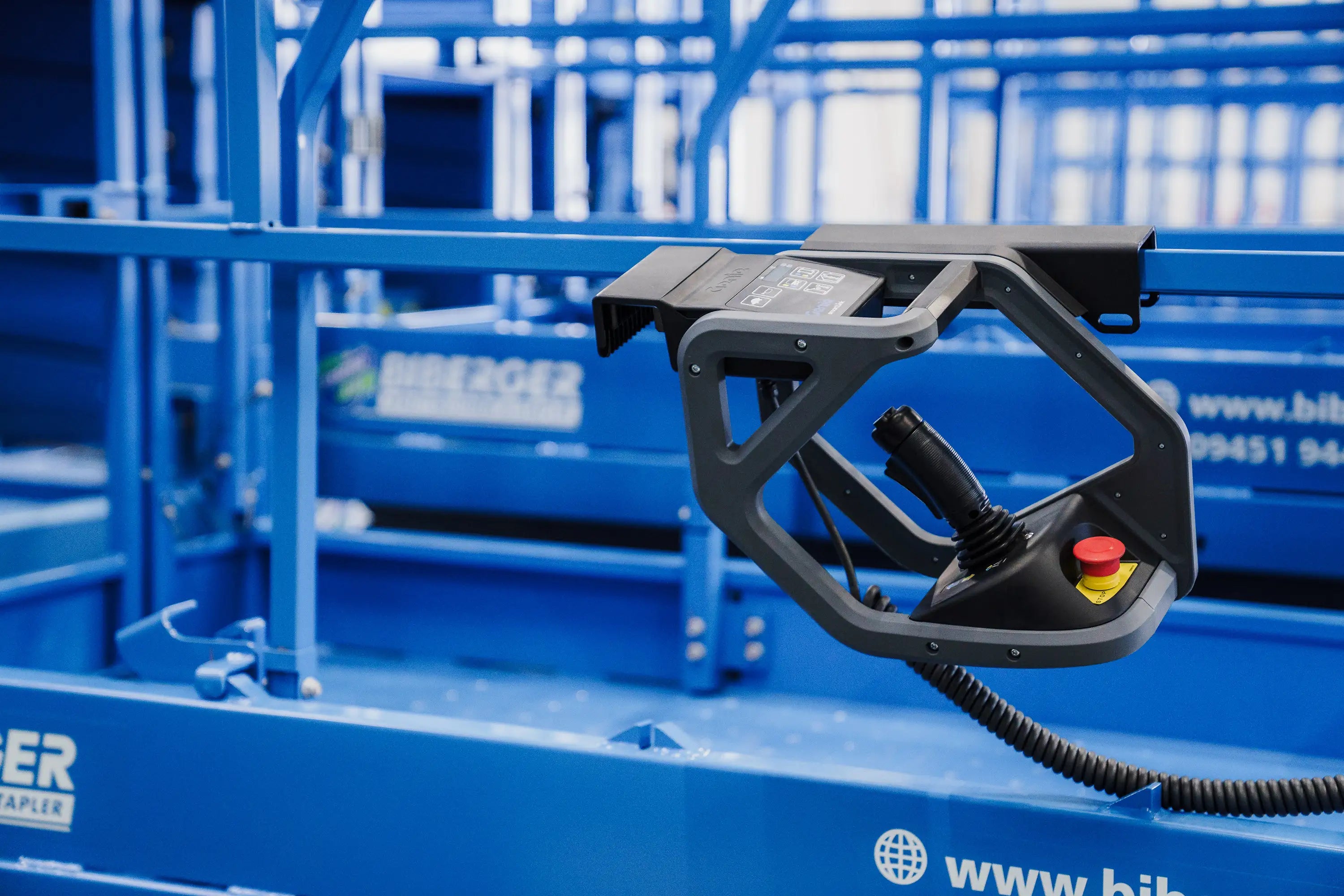
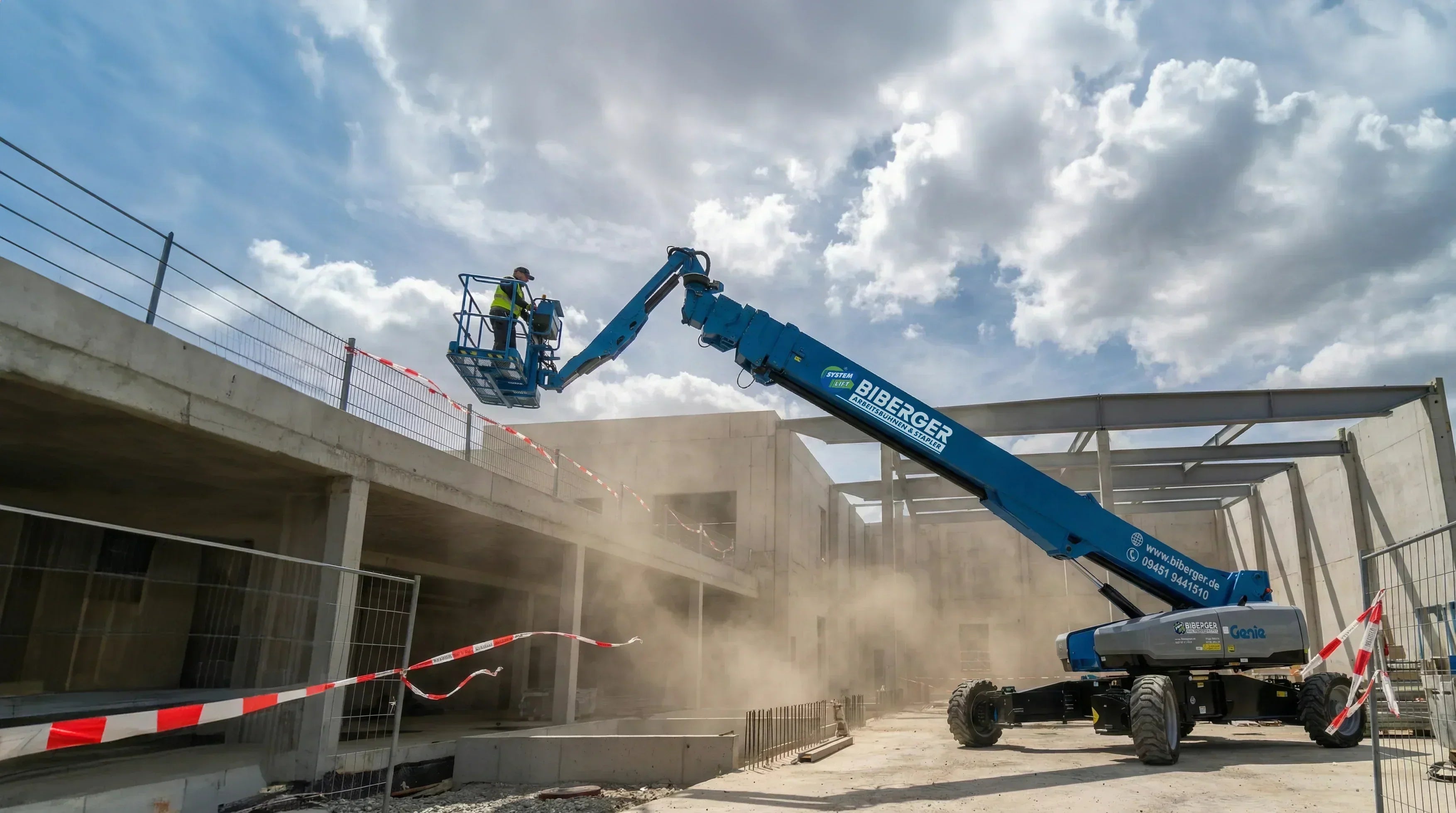

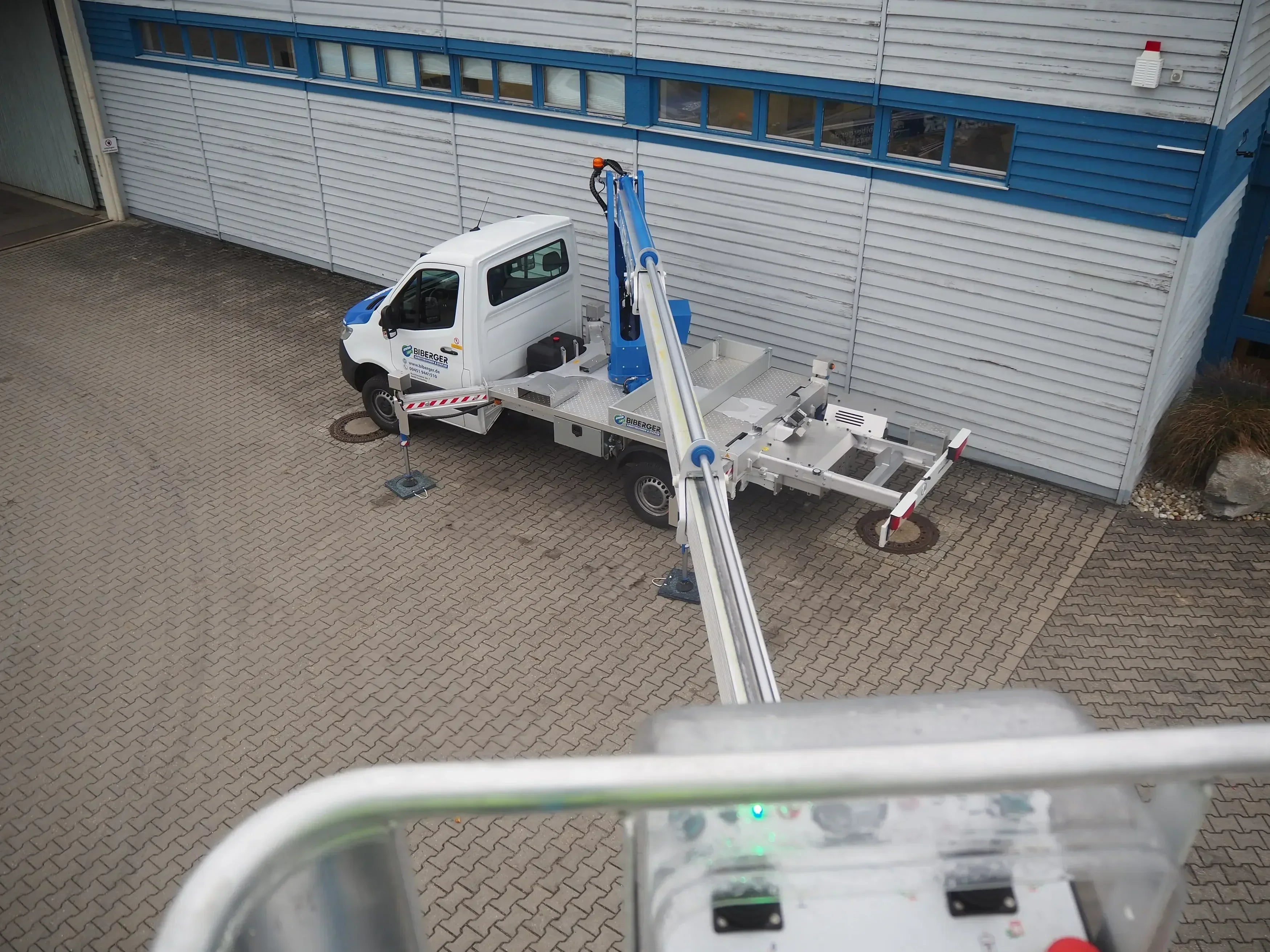
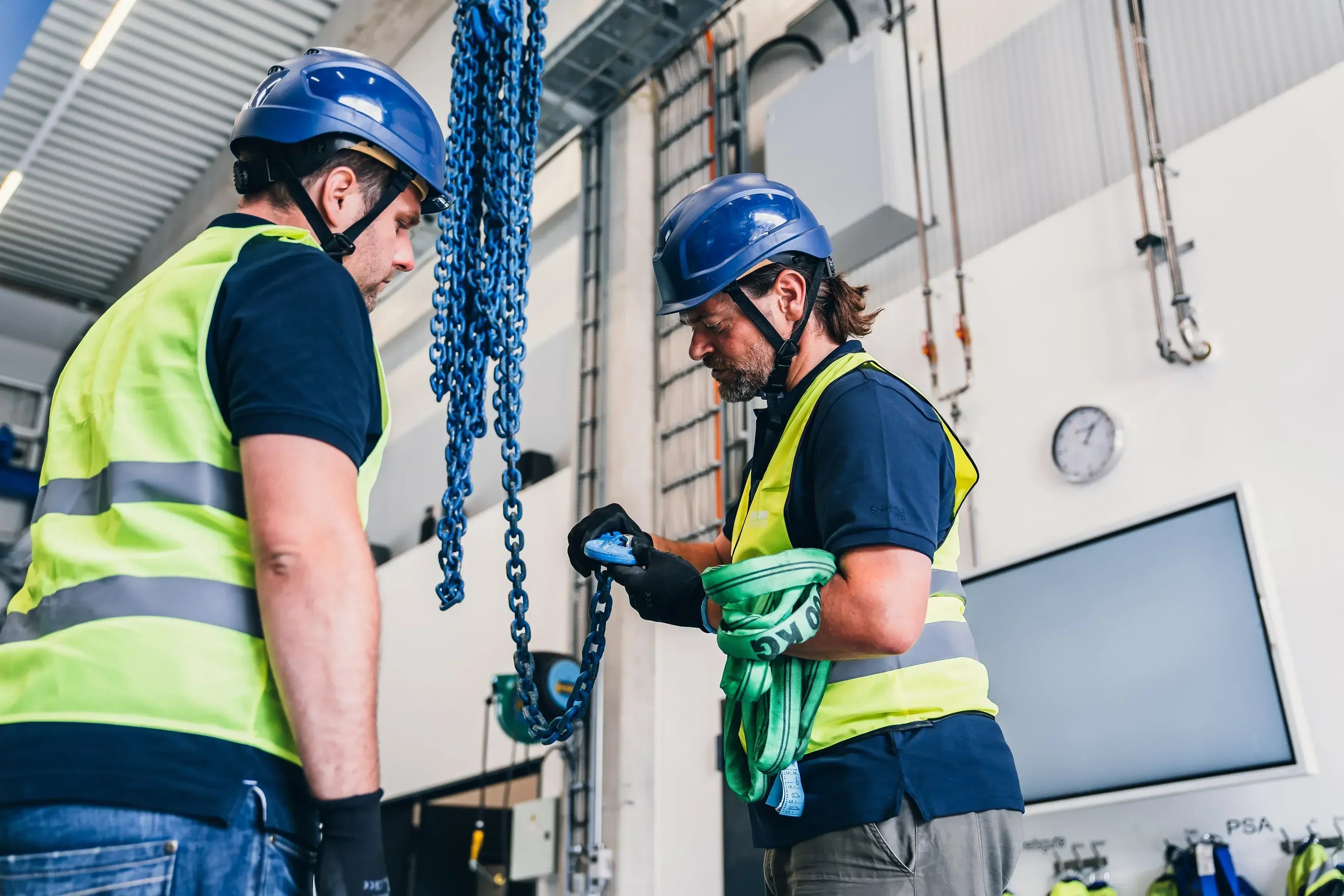

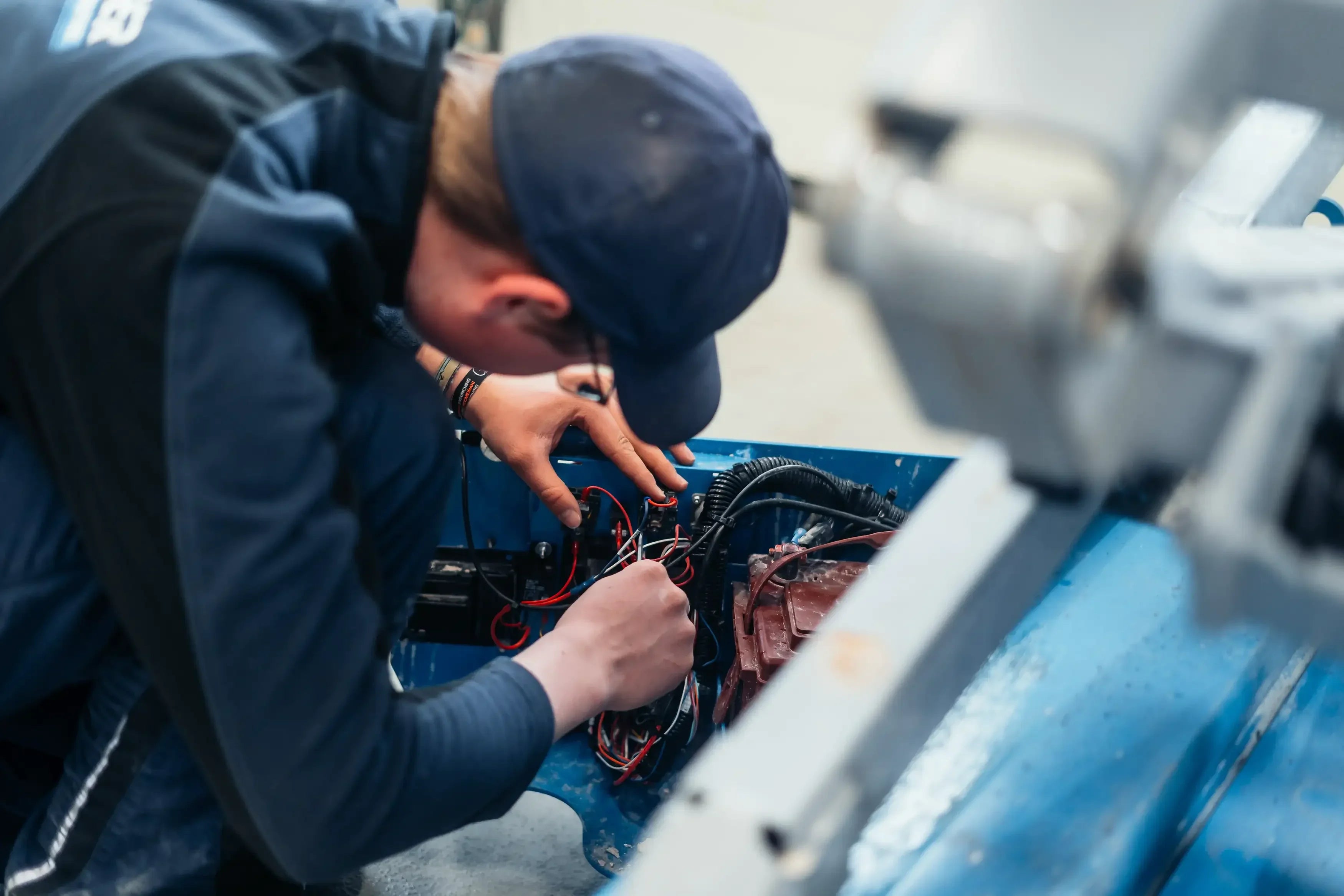
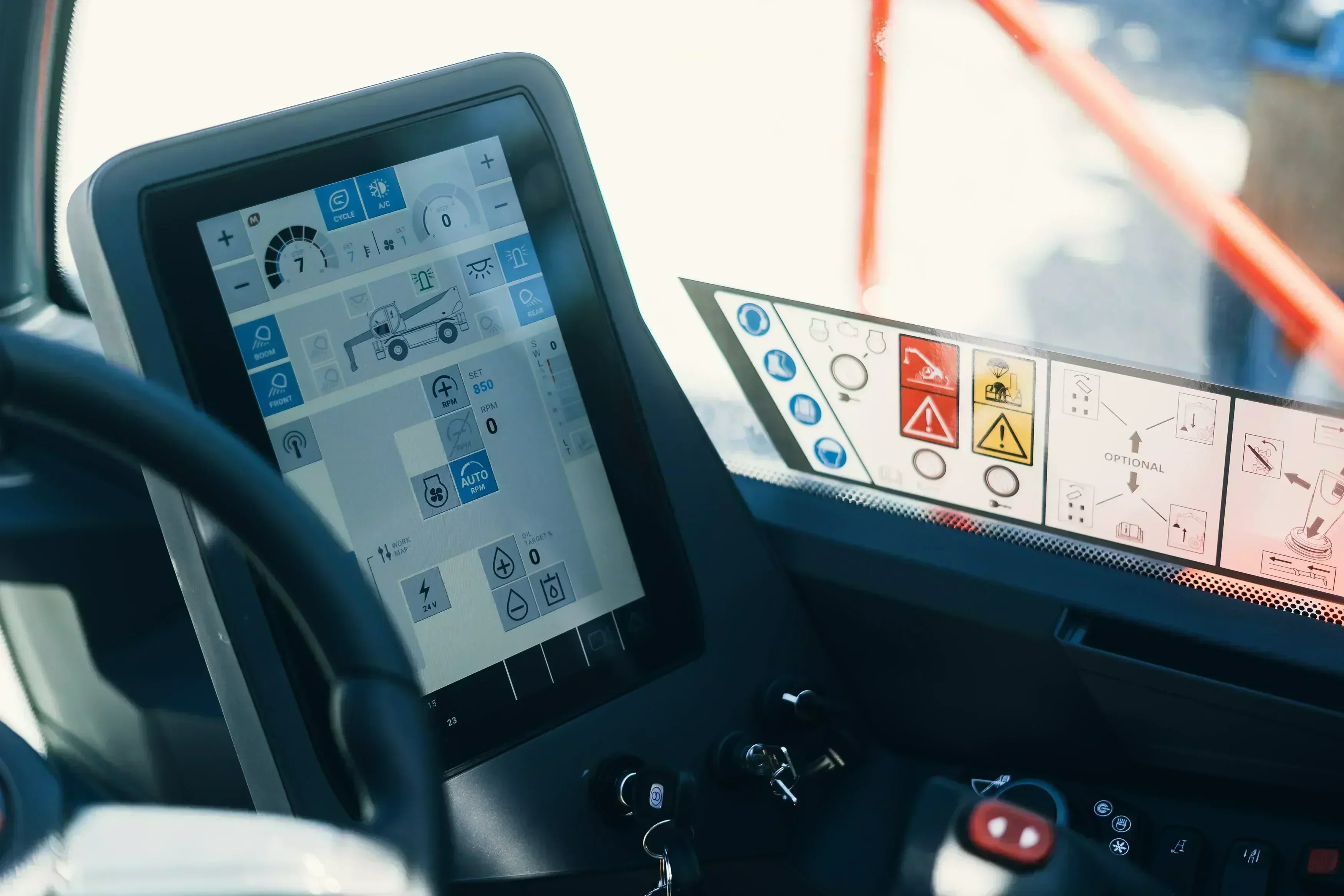






Share:
On-site training for aerial work platforms: practical, safe and certified
What is considered an off-road forklift? Characteristics, areas of application, and definition
Our editorial quality standards
The subject content on biberger.de are editorially created, reviewed, and continuously updated. The basis is our daily work with aerial platforms, telehandlers, and industrial trucks – in rental, sales, operational planning, and technical support.
Each article draws on real-world experience and is editorially reviewed for clarity, accuracy, and practical relevance according to expert criteria. Technical statements are regularly compared against current industry standards and best practices.
The aim of our publications is to make reliable specialist knowledge accessible and to offer guidance to users, decision-makers and industry partners. BIBERGER sees itself as an independent information platform for safe, economical and modern height access technology – well-founded, comprehensible and free from advertising influence.